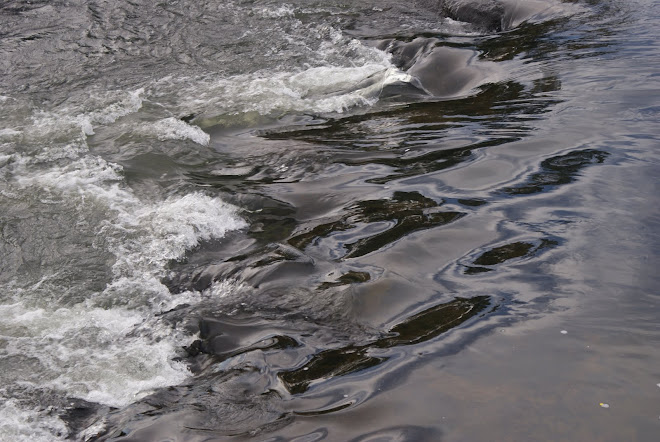E' un articolo delizioso e motlo ebglish-style sulla neve, ovviamente dal punto di vista scientifico...si potrebbe scrivere un romanzo sull'argomento!
DA THE GUARDIAN
The right and wrong types of snowIt can blanket the ground, or melt on impact. A lot can depend on when and where it falls
David Adam, environment correspondent guardian.co.uk, Wednesday 6 January 2010 17.38
The snowy scenes of a winter wonderland can be harder to create than you may think. There is the type of snow for starters. While rail operators are routinely lampooned for blaming inappropriate varieties of snow for the breakdown of their equipment, the white stuff does come in many shapes and sizes, which do behave differently.
Then there is the heat content and shape of the ground, which can influence the intensity and duration of the snowfall. Moisture in the air plays a role, as does the temperature. Finally, whether it is day or night can influence whether the snow sticks around or melts away. Call it the wrong time of snow. All of which helps to explain why, as the majority of the country today struggled and snowballed its way through a day of blizzards and gritting, workers in central London who looked out of their office windows could be forgiven for wondering what the fuss was about. As the Guardian went to press, the snow that did fall on the capital had generally failed to settle.
So what went right?
Ewen McCallum, chief meteorologist at the Met Office in Exeter, said: "The snow in London came down during the day and was not particularly heavy. The temperature of the ground would have been warm enough to melt the snow before it could settle." The snow that blanketed the south-west was similar to the falls in London, McCallum said, but came at 4am. Even the meagre sunlight of a winter's day is enough to lift the temperature of the pavements and roads of a city.
Then there is the urban heat island effect, with all the industry and concrete surfaces acting as giant radiators.
The best time for snow to fall and settle on London is during the night, as happened last February.
The colder air of a nighttime snowfall encourages drier, powdery snow – the type beloved by skiers and snowboarders and dreaded by rail companies.
Wetter snow, easy to spot as the falling individual flakes clump together into bigger chunks, comes when the air temperature is higher. Much higher still, and the wet snow turns to sleet and then rain.
At the other end of the temperature spectrum, can it really, as you will inevitably hear, be too cold to snow?
"I've heard that one before," McCallum sighed. "The answer is no – but there is a but." Extremely cold conditions are often down to a lack of water in the atmosphere, which means fewer clouds, and so less snow.
skip to main |
skip to sidebar


un blog a parole sulle parole
MARIA ZUPPELLO

Informazioni personali
- MARIA ZUPPELLO
- First Italian reporter travelling alone without a crew in Antarctica. Working in Brazil as a tv journalist for EURONEWS, CNN, REDE RECORD
FEEDJIT Live Page Popularity
FEEDJIT Live Traffic Map
FEEDJIT Live Traffic Feed
Lettori fissi
Archivio blog
-
▼
2010
(310)
-
▼
gennaio
(18)
- UN EREMITA NELLA LETTERATURA
- E' MORTO SALINGER
- INTERVISTA AD EDWIDGE DANTICAT
- SHELLEY, PER SAPERNE DI PIU'
- PERCHE' LEGGERE WILLIAM WORDSWORTH
- COSA LEGGEVA GARCIA LORCA
- OMAGGIO A JOHN KEATS
- LA FATICA DEL SUCCESSO
- ABBRACCIO
- GRANDE DEPRESSIONE (STORICA) E LA LETTERATURA
- LE ONDE
- bellissima intervista de le Figaro littéraire con ...
- E' un articolo delizioso e motlo ebglish-style sul...
- UN CENNO DEL DESTINO
- MISURATI DALL'ESTREMO
- LA BANALITA' DEL MALE
- DELLA SCRITTURA E DINTORNI
- MA SI RICOMINCIA
-
▼
gennaio
(18)
